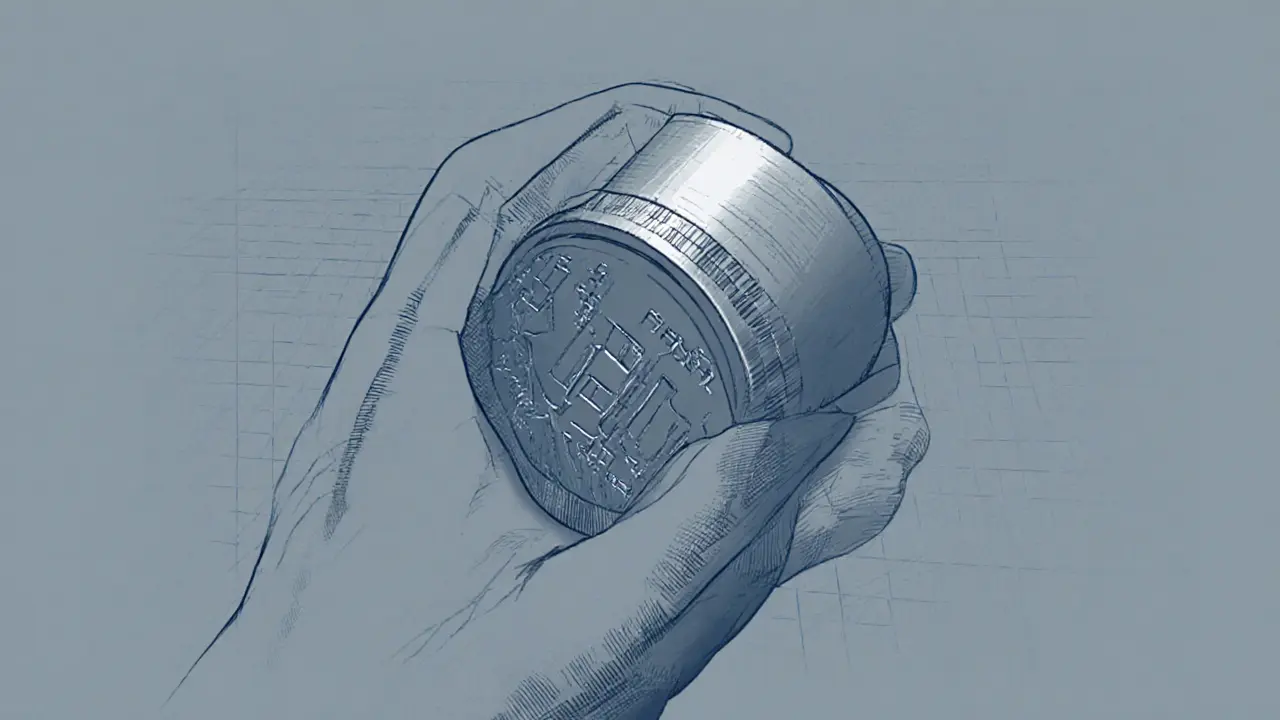Understanding Block Reward and Its Role in Crypto
When talking about block reward, the newly minted coins plus any transaction fees that a miner or validator receives for adding a new block to a blockchain. Also known as block subsidy, it forms the core economic incentive that keeps a network running.
Why Block Rewards Matter
Every time a block is created, the protocol distributes a reward. In proof‑of‑work chains like Bitcoin, this reward is split between a fixed coin issuance and the fees users pay to have their transactions confirmed. The coin portion started at 50 BTC and drops by half roughly every four years – a process called halving, a scheduled reduction of the block subsidy that controls supply inflation. Halving directly changes the economics for the people doing the work.
For proof‑of‑work, that work is mining, the process of solving cryptographic puzzles to secure a network and earn the block reward. Miners invest in hardware, electricity, and cooling, all because the expected earnings from the block reward exceed the operating cost. When a halving cuts the coin portion in half, the fee component becomes more important, pushing miners to rely on higher transaction fees to stay profitable.
Proof‑of‑stake replaces the puzzle‑solving race with a stake‑based lottery. In that model, staking, locking up a certain amount of cryptocurrency to become a validator and earn a share of the block reward, is the primary activity. Validators aren't taxed by electricity bills, but they still earn the combined reward of newly minted tokens and transaction fees. The amount they receive is proportional to their stake and the overall network participation, making the block reward a direct driver of network security.
Transaction fees themselves are a separate entity with their own dynamics. transaction fee, the amount users pay to have their transactions processed and included in a block, can fluctuate wildly based on network congestion. In Ethereum’s post‑merge world, the base fee is burned, while a portion of the tip goes to the validator. That means the fee component of the block reward can be a net positive or negative factor for participants, depending on how the protocol treats the burned portion.
All these pieces—newly minted coins, mining or staking effort, transaction fees, and scheduled halving events—interact to shape the incentives that power a blockchain. When the block reward drops, miners may upgrade to more efficient hardware, validators may increase their stake, and developers may look for fee‑optimizing solutions. For investors, understanding these shifts helps predict price pressure, network security, and the long‑term sustainability of a project.
Below you’ll find a curated set of articles that dive deeper into each of these topics. From liquid staking tokens like FRXETH to real‑world tax implications in Portugal, the collection gives you practical insights and actionable tips that build on the fundamentals explained here.

Understanding How Bitcoin's Proof of Work Mining Operates
Learn how Bitcoin's Proof of Work mining works: from SHA‑256 puzzles and difficulty adjustments to block rewards, mining pools, and a PoW vs PoS comparison.
